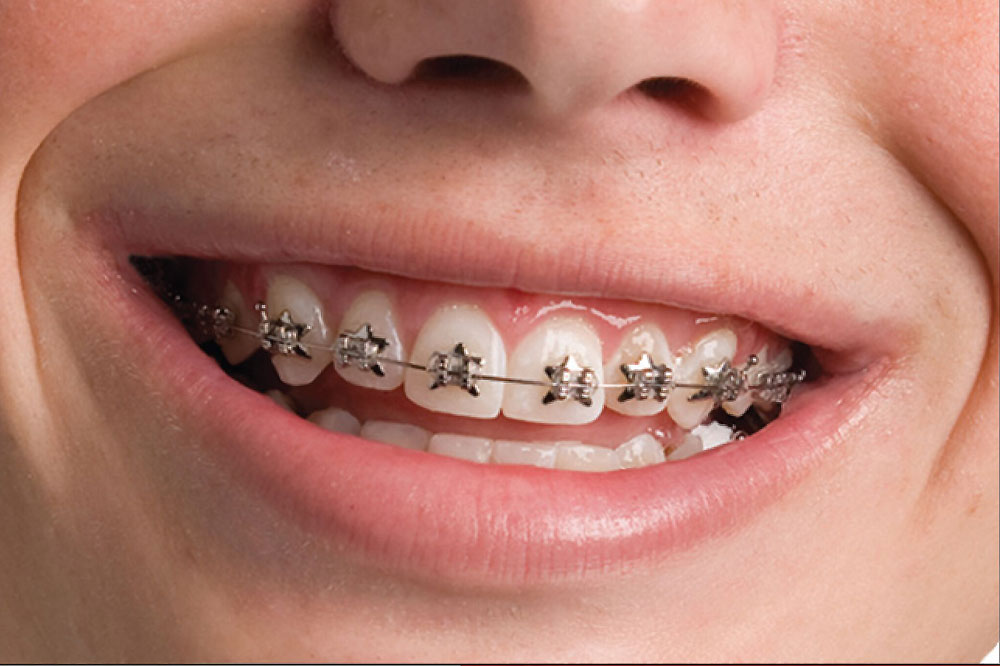Comprehensive Guide to Orthodontics Treatments for Dealing With Dental Misalignments
In the world of orthodontics, the journey to accomplishing a completely straightened smile involves a myriad of procedures customized to deal with dental misalignments. From standard dental braces to invisible aligners and also surgical choices, the area of orthodontics offers a series of options to resolve differing degrees of dental irregularities. Comprehending the ins and outs of each treatment, including their devices, benefits, and potential drawbacks, is important in making educated choices concerning one's orthodontic therapy. As we browse via the comprehensive guide to orthodontic procedures for fixing dental misalignments, the complex information of each technique will certainly unravel, dropping light on the course toward a unified and practical oral positioning.
Orthodontic Procedures Overview

Along with standard braces and clear aligners, orthodontists might also suggest other interventions like headwear, palatal expanders, or retainers to deal with specific positioning concerns (aligners). These treatments are tailored to every person's distinct demands and may include a mix of treatments to accomplish the wanted results. Routine changes and monitoring are vital parts of orthodontic treatment to make sure progress is on track and to make any type of essential adjustments along the road. By undergoing orthodontic treatments, individuals can not just attain a straighter smile but likewise boost their general oral health and wellness and function.
Traditional Dental Braces: Exactly How They Function
When thinking about orthodontic treatments for oral misalignments, standard dental braces stand out as a tried and true method for dealing with teeth positioning. Traditional braces are composed of braces, wires, and bands that work with each other to use continuous stress on the teeth, progressively relocating them right into the wanted alignment.
One trick element of exactly how conventional braces work is the procedure of bone renovation. As stress is applied to the teeth via the dental braces, the bone bordering the teeth is reshaped to support the new tooth positions. This renovation is crucial for the long-term security of the dealt with alignment. Clients will certainly require normal adjustments at the orthodontist's office to make sure the dental braces proceed to use the correct pressure for effective teeth motion.
Unseen Aligners: Benefits And Drawbacks
Invisible aligners offer a discreet and convenient choice to conventional braces for dealing with dental misalignments. These clear, personalized trays are practically unnoticeable when used, making them an appealing option for individuals looking for an extra visually pleasing orthodontic treatment. One of the key benefits of undetectable aligners is their removability, permitting simpler maintenance of dental health contrasted to conventional braces. Patients can get rid of the aligners prior to eating or cleaning their teeth, minimizing the danger of food getting embeded the home appliance and simplifying the cleansing process.

Surgical Orthodontic Options
Surgical treatments in orthodontics present viable options for dealing with complicated dental misalignments that may not be successfully solved via standard orthodontic therapies. While typical dental braces and unseen aligners can remedy several orthodontic problems, specific situations need surgical treatment to attain optimum outcomes. Surgical orthodontic choices are generally recommended for severe malocclusions, substantial jaw disparities, and instances where the underlying bone structure needs alteration to attain appropriate positioning.
One common medical orthodontic procedure is orthognathic surgery, which entails rearranging the jaws to fix functional concerns such as problem speaking or chewing. This surgical procedure is typically carried out in collaboration with an orthodontist that helps straighten the teeth prior to and after the procedure. Surgical orthodontics might also entail procedures to expose affected teeth, remove excess periodontal tissue, or improve the jawbone to create an extra harmonious face profile.
Prior to thinking about medical orthodontic choices, people go through a comprehensive examination to identify the need and potential advantages of such interventions. cumming braces. While surgery might seem complicated, it can considerably boost both the function and looks of the smile in cases where traditional orthodontic therapies drop short
Retainers and Post-Treatment Care

Post-treatment treatment involves complying with the orthodontist's directions faithfully. This may consist of correct oral hygiene methods, going to follow-up consultations, and putting on the retainers as prescribed. Failure to follow post-treatment treatment guidelines can cause regression, where the teeth gradually move back towards their original positions. Constant retainer wear, great dental health, and routine oral exams are essential for maintaining the results achieved through orthodontic surgical treatment and making sure the lasting security of the dealt with oral placement.
Final Thought
To conclude, orthodontic procedures provide various alternatives for dealing with oral misalignments. Conventional braces use steel brackets and wires to change teeth right into proper placement. Unseen aligners supply a more very discreet option but might not appropriate for all cases. Surgical orthodontic alternatives are offered for much more severe imbalances. Retainers are typically used post-treatment to preserve the new placement. Generally, orthodontic procedures can successfully improve oral health and wellness and visual look.
As we browse through the detailed overview to orthodontic procedures for dealing with dental misalignments, the detailed information of each approach will certainly unravel, shedding light on the course toward a practical and harmonious dental positioning. - orthodontist
One of the most usual hour dental clinic near me orthodontic therapies is the usage of dental braces, which consist of metal brackets and cords that use gentle stress to progressively move teeth into the preferred setting.When considering orthodontic treatments for oral imbalances, traditional braces stand out as a reliable method for correcting teeth placing. Additionally, invisible aligners may not be appropriate for complex orthodontic issues that require more substantial teeth movement, as they are normally recommended for light to modest situations. Retainers are personalized orthodontic tools developed to hold teeth in their remedied positions after the completion of orthodontic treatment.